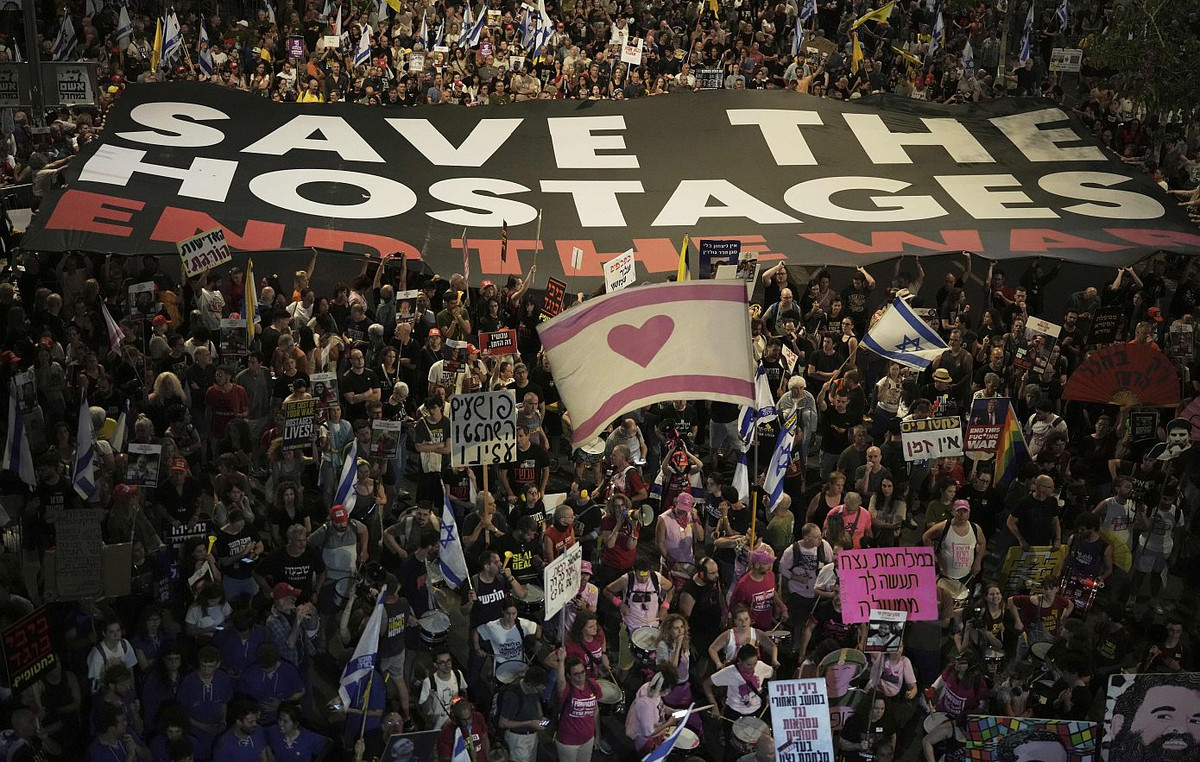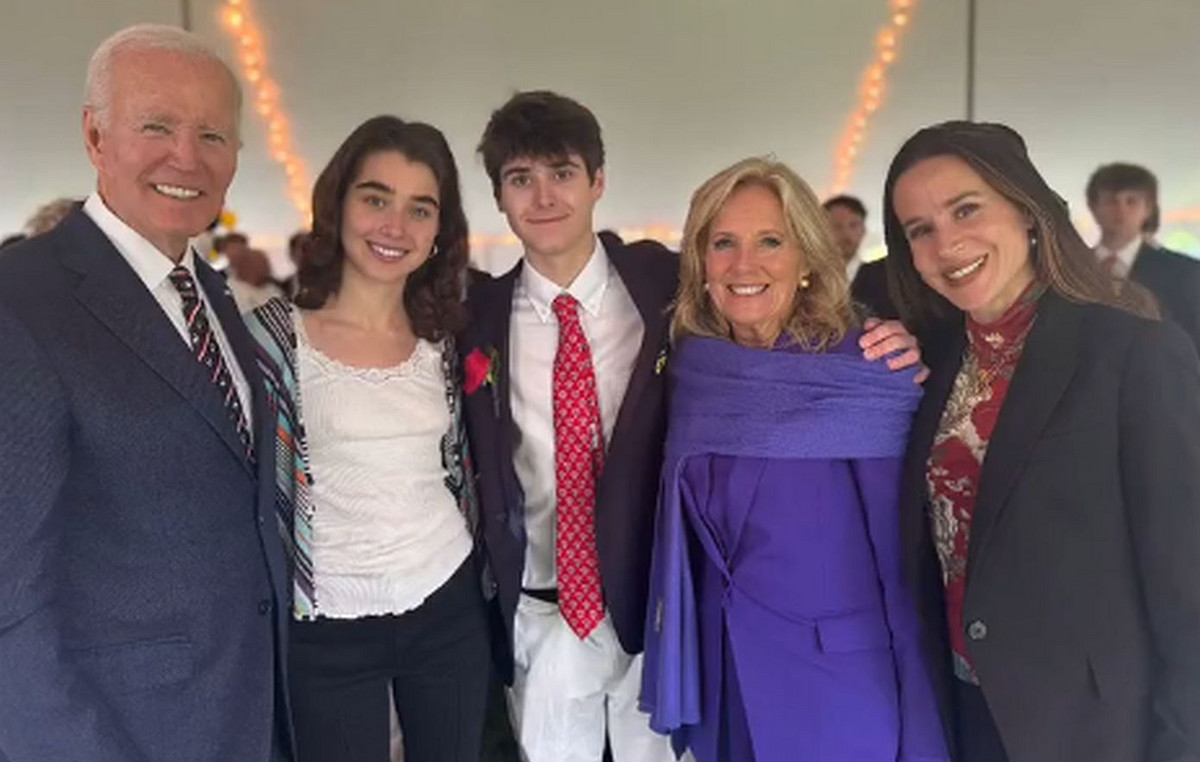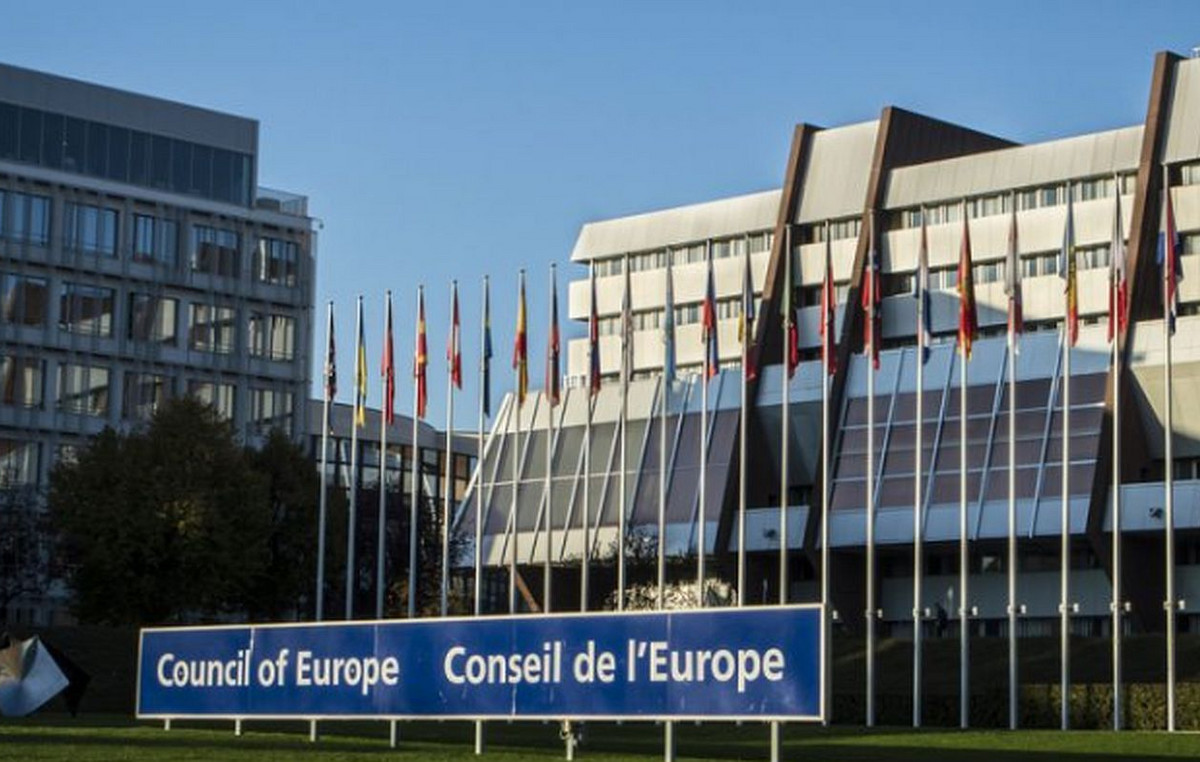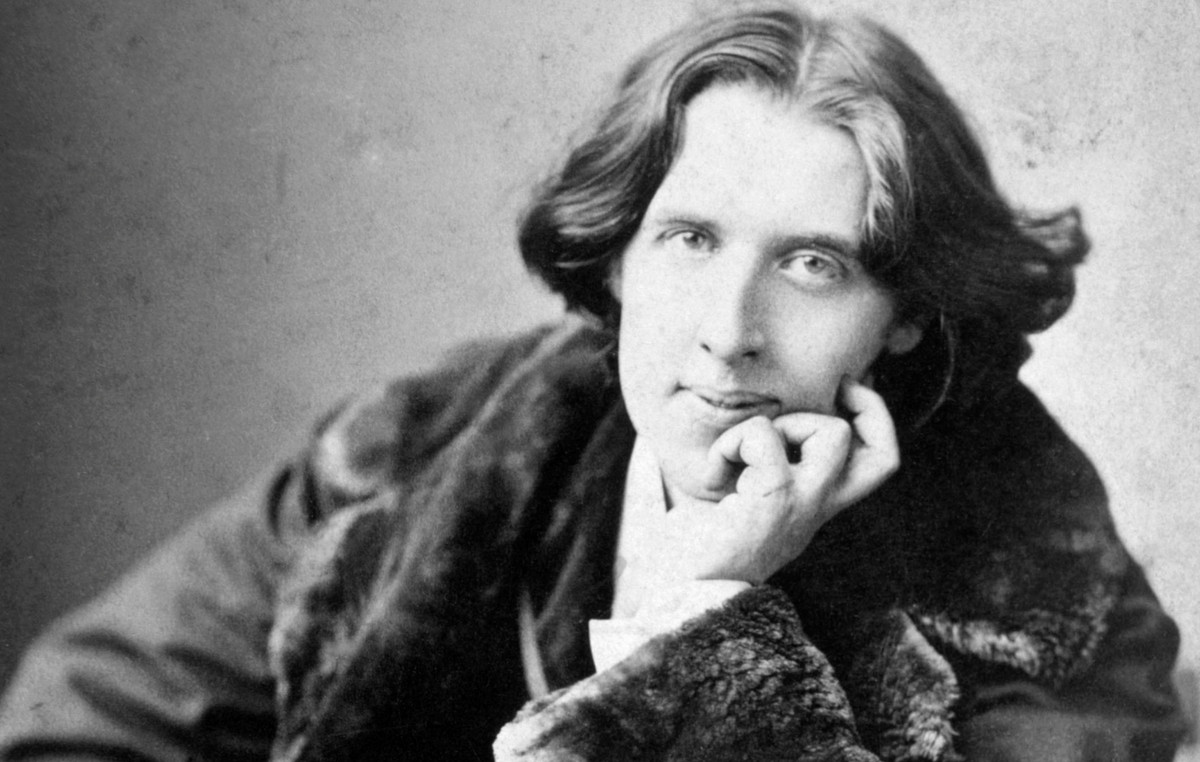Civilians who fled the Russian-held city of Kherson in southern Ukraine say their homes have become unrecognizable since Moscow troops began occupying the region in early March.
After four months of living under Russian rule, farmer Andrei Halilyuk traveled by foot, bus, car and a rubber dinghy over a river to reach the Ukrainian-controlled city of Kryvyi Rih. The grandfather took 12 hours on roads sometimes filled with landmines.
He calls the invaders “barbarians”. “There is no other word for them,” he says, describing the pro-Russian fighters in the Donetsk region.
According to reports, there are drunk soldiers carrying guns and grenades, looting property and fighting each other in the streets.
“How is it possible for children to be there if they are walking around drunk with guns and grenades in the village. How can a child see this?” Halilyuk asks.
The lack of discipline and confusion among mercenaries, separatists and soldiers whom Russia relied on to attack Ukraine contributed to the chaos of its occupation.
Halilyuk claims that in his village, fighters from the pro-Russian People’s Republic of Donetsk turned on Russian troops as they tried to steal a local man’s car. What resulted was a fierce argument at gunpoint between two groups that were supposed to be on the same side.
“They almost shot each other,” he says. “They were fighting each other. They cocked their guns at each other,” she adds.
“And they came to set us free. From who? Did we ask for it? Did we ask you to come here?” he asks.
Every day, around 400 people arrive in Kryvyi Rih from the Russian-occupied territories and the conflict zone, grateful to reach the relative safety of the industrial city some 40 miles north of the front line.
In total, more than 61,000 people have taken refuge there since Russia invaded Ukraine on February 24.
A local official in Kryvyi Rih told CNN that administrators began printing documents for the displaced the day the conflict began, anticipating the mass exodus that would follow.
“I would wake up every morning with explosions and gunfire, then go to sleep at night with more explosions and gunfire,” reports Halilyuk.
“It’s quiet here. Yes, there are air raid sirens every now and then, but it’s not like you’re in bed rocking back and forth.”
Kherson resists
A Ukrainian counterattack to the south pushed Kryvyi Rih out of Russian artillery range, according to the local military administration. But nowhere in this country is safe from Russian missile attacks.
Now Ukraine is launching its own missiles at Kherson – making use of donated military equipment such as the US HIMARS mobile rocket system to strike deep into enemy territory.
The military says attacks on Russian ammunition depots and command posts in Kherson have facilitated the retaking of villages, closing in on civilians they say are working to drive out the invaders.
When Russian troops first took Kherson, residents rallied in armored vehicles with protests – waving Ukraine’s blue and yellow flag.
Now, the occupation has cut off the city’s communications with the outside world, but the Ukrainian government says there is still a local resistance movement. Anti-Russian graffiti and effigies of Russian troops remind the occupiers of their existence.
“People have an understanding that the liberation of the territory will happen, that the collaborators and occupiers will not stay there forever,” said Nataliya Humeniuk, spokeswoman for the Ukrainian military command in the south.
“People don’t want to work with them. They don’t want to teach them what they do, they don’t want to treat their soldiers. Do not want. That’s resistance,” she points out.
forced to be russian
Home to around 300,000 people before the war, Kherson is the largest population center Russia captured in the five-month campaign. There, the newly installed regional administration has repeatedly reported that it will hold a referendum on becoming a “full-fledged” member of the Russian Federation.
The United States believes that this effort by Russia to formally annex the Kherson region, as well as parts of Zaporizhzhia, Donetsk and Luhansk, could happen before the end of this year.
The ruble would be established as the official currency and Ukrainians would be forced to apply for Russian citizenship, the White House said Tuesday.
Russian Foreign Minister Sergey Lavrov appeared to confirm these intentions on July 20, when he said that Moscow’s geographic objectives now extended beyond Donetsk and Luhansk, but also to “the region of Kherson, Zaporizhzhia, and several others.” territories”.
In Kherson, the ruble is already in circulation and official forms are distributed in Russian – whether locals speak the language or not.
Local endocrinologist Maksim Ovchar reports that he helped his Ukrainian-speaking neighbors by translating these forms, but refused to work for the imposed administration.
“I lost my job. My house. Some of my friends I lost, they (were) murdered by the Russians,” he says.
The 26-year-old found a team from the CNN at a reception center for displaced people in Kryvyi Rih, where he burst into tears, admitting he was embarrassed to be helping with forms.
“They wanted to co-opt me, make me a member of the public health occupation administration. I was the last endocrinologist in town and probably in the area. Because everyone ran away,” she says.
Dr. Ovchar says he was arrested twice for his rebellion, with armed Russians threatening his family before fleeing Kherson with his grandmother. Ovchar chose July 7 for the trip, when, he said, troops were drunkenly celebrating the anniversary of an earlier military victory in Luhansk, in eastern Ukraine.
blocked escape
Many of Kherson’s main routes were closed by the Russian army. In the border town of Zelenodolsk, an hour’s drive south of Kryvyi Rih, hundreds of abandoned bicycles indicate makeshift escapes.
Recent drone footage captured by a Ukrainian soldier shows a column of women, children and elderly people walking down a dusty road in search of safety. Cars were shot on other roads, fugitives say. The city was bombed by the Russians on several days this week.
At the Kryvyi Rih reception center, the face of Dr. Ovchar writhes with tears and rage when he admits that his hatred of Russia’s war has led him to question his own Hippocratic Oath.
Ukrainian medics treated wounded Russian soldiers when they arrived at the hospital after a fight with local resistance. Now, he says, he would kill them if he had the chance.
“Despite the fear and the fact that I am a doctor, I cannot allow myself to harm a person, but I will tell you honestly that I would kill a Russian if I had a gun,” he says.
Source: CNN Brasil
I’m James Harper, a highly experienced and accomplished news writer for World Stock Market. I have been writing in the Politics section of the website for over five years, providing readers with up-to-date and insightful information about current events in politics. My work is widely read and respected by many industry professionals as well as laymen.





